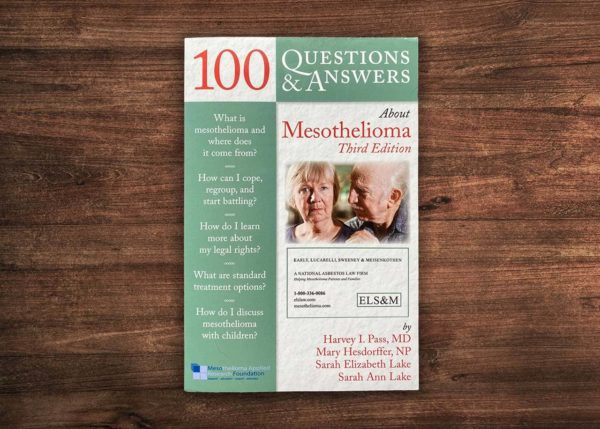Table of Contents
The authors of this mesothelioma book include medical expert Dr. Pass and heartfelt co-author Susan Vento. Susan Vento is the widow of Congressman Bruce Vento, who passed away from mesothelioma in 2000. The book offers a firsthand account of this disease. It also provides useful tips for early detection. You can learn about the various treatment options available.
Understanding Mesothelioma
The proceeds of the digital book, Understanding Mesothelioma, will benefit the Asbestos Disease Awareness Organization. This organization advocates for victims of asbestos-related diseases and educates others about this deadly disease. The book contains a detailed description of the disease and its symptoms, along with information on symptom management. Hopefully, you will find it helpful. The book has been written by a medical professional who has personally dealt with this deadly disease.
To help those diagnosed with mesothelioma learn more about the disease, Baron & Budd has written a comprehensive guide titled Understanding Mesothelioma. The book details the diagnosis and treatment options available to patients. It also covers legal rights of patients. It is written for patients and their families. In addition, Understanding Mesothelioma explains the importance of being aware of the disease and its symptoms.
Treatment options
Treatment options for Mesothelioma Book vary from one to the next, depending on the type of the cancer. Cytoreduction surgery, which is used to remove tumors, can also be combined with chemotherapy and radiation. Other treatments include pleurodesis, which is performed to remove fluid from the pleural space. Pericardiocentesis is another type of surgery that drains fluid from the heart and abdominal cavity.
Another form of treatment is immunotherapy, which manipulates the patient’s immune system. This type of therapy uses a specific drug to activate the body’s own defense system to detect cancer cells and destroy them. The drug is also effective at killing the blood vessels that support the tumor’s growth. However, mesothelioma still has no known cure. While there is no specific treatment for the disease, it does offer hope to countless patients.
Early detection
The first step in the diagnosis of Mesothelioma Book is a thorough medical evaluation. Your doctor will review your medical records and conduct a physical exam to rule out any other underlying conditions. During the examination, your doctor may perform additional diagnostic tests, including blood tests, imaging scans, and biopsy procedures. Because mesothelioma is a rare disease, it’s difficult for doctors to suspect you of having it without a comprehensive work history.
The best way to determine if you have mesothelioma is to undergo a biopsy. Although a biopsy can be invasive, it can help your doctor make a diagnosis faster. The procedure involves collecting fluid from the peritoneal, pleural, or abdominal effusion. This is done through a procedure called thoracentesis, which is usually performed on an outpatient basis. Fluid samples are not enough to make a definitive diagnosis, but they can rule out other illnesses. A soluble mesothelin-related peptide called MESOMARK is also used to detect mesothelioma in blood.
Signs and symptoms
Although Mesothelioma Book is a rare condition, it can be fatal. The risk of getting the condition is increased for veterans of the U.S. armed forces who served during the 1930s and 1980s, because the military relied on asbestos products for building materials. But any individual who inhales asbestos fibers can develop this disease decades later. Fortunately, early diagnosis can help ease symptoms and extend a patient’s life. Pleural mesothelioma, for example, develops in the lining of the lungs (the pleura), and patients with this type of cancer often have respiratory symptoms.
There are several types of mesothelioma, and the symptoms of each can be difficult to detect. The peritoneal form has nonspecific symptoms that can be mistaken for a more common condition. However, pericardial mesothelioma causes chest pain because fluid builds up in the sac surrounding the heart, causing it to work harder than it should.
Alternative therapies
There are many alternative therapies for Mesothelioma Book Alternative therapies are considered complementary to conventional medical treatment. They may be effective in reducing side effects of conventional chemotherapy and other treatments, and they may even help mesothelioma patients cope with the emotional toll of the disease. Acupuncture, massage, ozone therapy, and meditation are examples of complementary therapies for mesotheliomA.
Conclusion:
Some treatments used in complementary and alternative medicine are herbal products, dietary supplements, meditative practices, and other natural, non-toxic treatments. These therapies may be categorized as complementary or alternative, depending on their results. Because they don’t directly attack the cancer cells, they are not considered a replacement for conventional treatments, although they may help patients cope with the side effects of standard therapies. Although complementary and alternative treatments have their place in treating cancer, patients should be wary of practices that claim to cure the disease.



